Songs For Sorrow
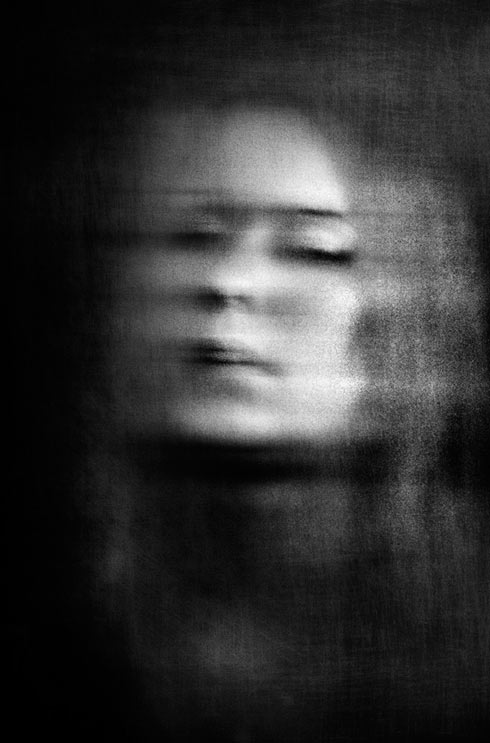
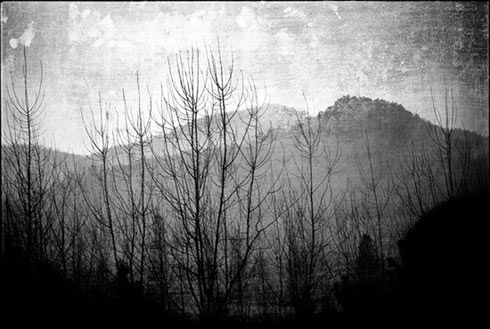
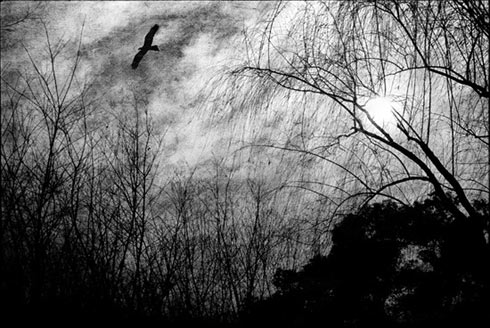
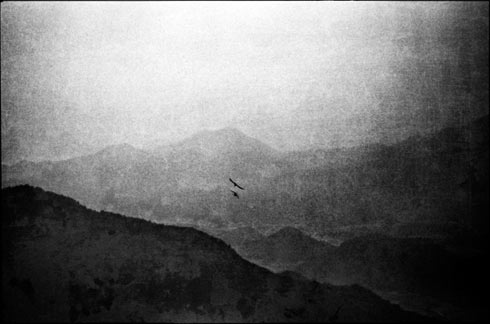
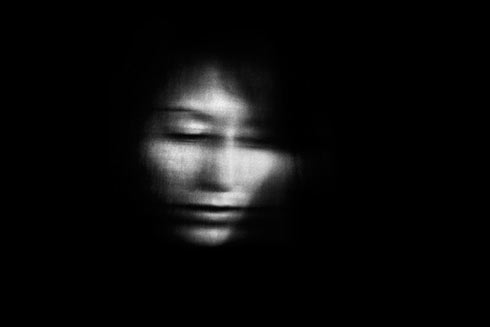
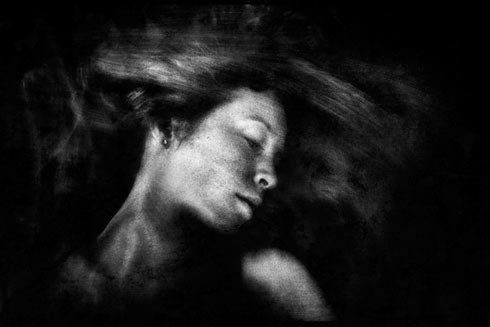
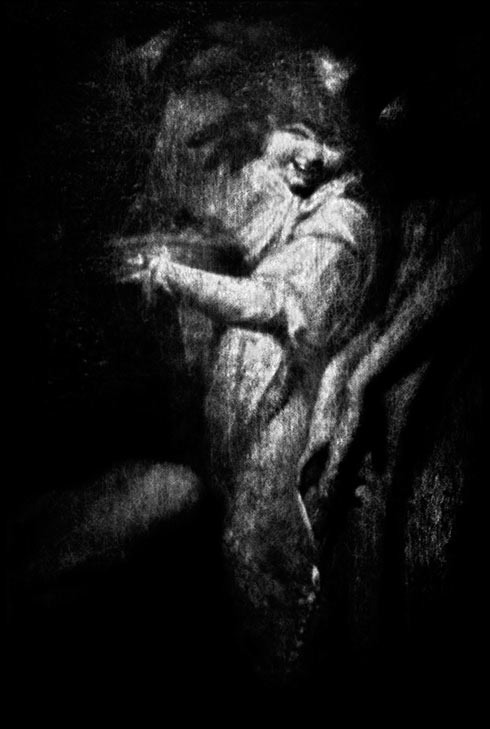 Text: Gabriel Knowles Images: Ben Ali Ong
Text: Gabriel Knowles Images: Ben Ali Ong
For an artist only in his late twenties, photographer Ben Ali Ong has a deep understanding of where his work fits into the grander scheme of things. For instance he understands that the evolution of an artist should be a considered process, with subtle developments as opposed to sweeping changes that render one body of work disjointed from the next.
“The weird thing with photography is that there’s this expectation that photographers have to do completely different style every time rather than evolving naturally as other artists do.” Ong observes.
“I think there’s a trend in contemporary photography of contextualising everything, this is the opposite I think. That’s why I just have that poem there and say it’s inspired by that and people can take different things from it. Telling people what they’re supposed to be seeing is taking all the fun away from it.”
The work Ong refers to is his upcoming show, Songs For Sorrow at Tim Olsen Gallery in Sydney. The poem he refers to is The Rubaiyat, an eleventh century offering from the Persian philosopher, mathematician, astronomer and all round intellectual Omar Khayyám, the man Ong refers to as, “the original renaissance guy.” Ong’s own personal studies into spirituality and death, themes ever present throughout Khayyám’s poem, have seen them become omnipresent in Ong’s work.
“I was studying a lot about spiritualty and science and how it ties into ancient cultures in the last few years. It’s the whole thing about how they look at death and consciousness,” he explains.
“There’s this whole convergence between spirituality and science at the moment and they’re saying that the things indigenous culture said is correct and there’s this unifying concept between every culture and country. Most indigenous cultures held the same beliefs that death isn’t the end. When it comes down to it we’re all made from the same matter.”
Perhaps it’s this notion that lends itself to Ong’s desire that his images can’t be pinpointed to an exact time and place. “Nothing’s too recognisable, I try not to photograph anything that can be tied into a specific time period. It creates that timeless quality, it’s more transcending that way. These have been shot all over the world but you can’t tell, well it’s not too obvious where anything is.”
But the main factor that lends Ong’s images a certain ambiguity is the work that goes into each negative after the shot has been taken. Etching tools and sandpaper are the instruments predominantly used to distort the original although water and even his cat’s claws have been known to make their mark. The desired result for Ong is to have viewers unsure if what they’re looking at is photograph or painting.
With that in mind it makes sense then that other artistic pursuits outside of photography have had a greater influence on his career. “There are only two of three photographers that really influenced me and they all use the lo-fi aspects of film with an emphasis on the grain and blurring. I guess they’re the things that I use to make the picture look as if it could have been painted and the textural aspect of the work. How I scratch it or layer things on it. Looking at etchings such as Goya’s. I’ve always been into the darker side of art in general,” the Sydney based artist explains.
“All my favourite artists have that balance between technique and abstraction. You can see it in guys like Francis Bacon, you can absolutely see that they’re classically trained but their work strikes that balance.”
“I’m not really interested in the traditional notions of beauty; it’s not hard to make a beautiful landscape look beautiful and colourful. I’m more interested in the cracks that let the light shine through.”
Songs For Sorrow is showing at Tim Olsen Gallery from May 4-15
Ben Ali Ong
Next story: Heart And Sole – Emma the Shoemaker



